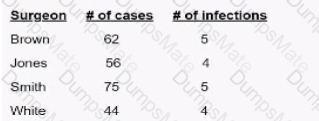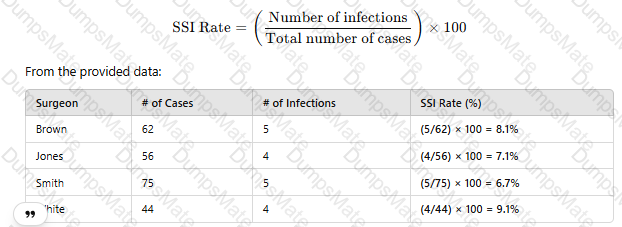Humoral antibodies, or immunoglobulins, play distinct roles in the immune system, and their presence or levels can provide insights into infection history and ongoing immune protection. The Certification Board of Infection Control and Epidemiology (CBIC) recognizes the importance of understanding immunological responses in the "Identification of Infectious Disease Processes" domain, which is critical for infection preventionists to interpret diagnostic data and guide patient care. The question focuses on identifying the antibody that indicates a previous infection and assists in protecting tissue, requiring an evaluation of the functions and kinetics of the five major immunoglobulin classes (IgA, IgD, IgG, IgM, IgE).
Option C, IgG, is the correct answer. IgG is the most abundant antibody in serum, accounting for approximately 75-80% of total immunoglobulins, and is the primary antibody involved in long-term immunity. It appears in significant levels after an initial infection, typically rising during the convalescent phase (weeks to months after exposure) and persisting for years, serving as a marker of previous infection. IgG provides protection by neutralizing pathogens, opsonizing them for phagocytosis, and activating the complement system, which helps protect tissues from further damage. The Centers for Disease Control and Prevention (CDC) and clinical immunology references, such as the "Manual of Clinical Microbiology" (ASM Press), note that IgG seroconversion or elevated IgG titers are commonly used to diagnose past infections (e.g., measles, hepatitis) and indicate lasting immunity. Its ability to cross the placenta also aids in protecting fetal tissues, reinforcing its protective role.
Option A, IgA, is primarily found in mucosal secretions (e.g., saliva, tears, breast milk) and plays a key role in mucosal immunity, preventing pathogen adhesion to epithelial surfaces. While IgA can indicate previous mucosal infections and offers localized tissue protection, it is not the primary systemic marker of past infection or long-term tissue protection, making it less fitting. Option B, IgD, is present in low concentrations and is mainly involved in B-cell activation and maturation, with no significant role in indicating previous infection or protecting tissues. Option D, IgM, is the first antibody produced during an acute infection, appearing early in the immune response (within days) and indicating current or recent infection. However, its levels decline rapidly, and it does not persist to mark previous infection or provide long-term tissue protection, unlike IgG.
The CBIC Practice Analysis (2022) and CDC guidelines on serological testing emphasize IgG’s role in assessing past immunity, supported by immunological literature (e.g., Janeway’s Immunobiology, 9th Edition). Thus, IgG is the humoral antibody that best indicates previous infection and assists in protecting tissue, making Option C the correct choice.
References:
CBIC Practice Analysis, 2022.
Manual of Clinical Microbiology, ASM Press, 2019.
Janeway’s Immunobiology, 9th Edition, 2016.
CDC Serologic Testing Guidelines, 2014.



 A black text with black numbers
AI-generated content may be incorrect.
A black text with black numbers
AI-generated content may be incorrect. A white paper with black text
AI-generated content may be incorrect.
A white paper with black text
AI-generated content may be incorrect.
 A screenshot of a report
AI-generated content may be incorrect.
A screenshot of a report
AI-generated content may be incorrect.
